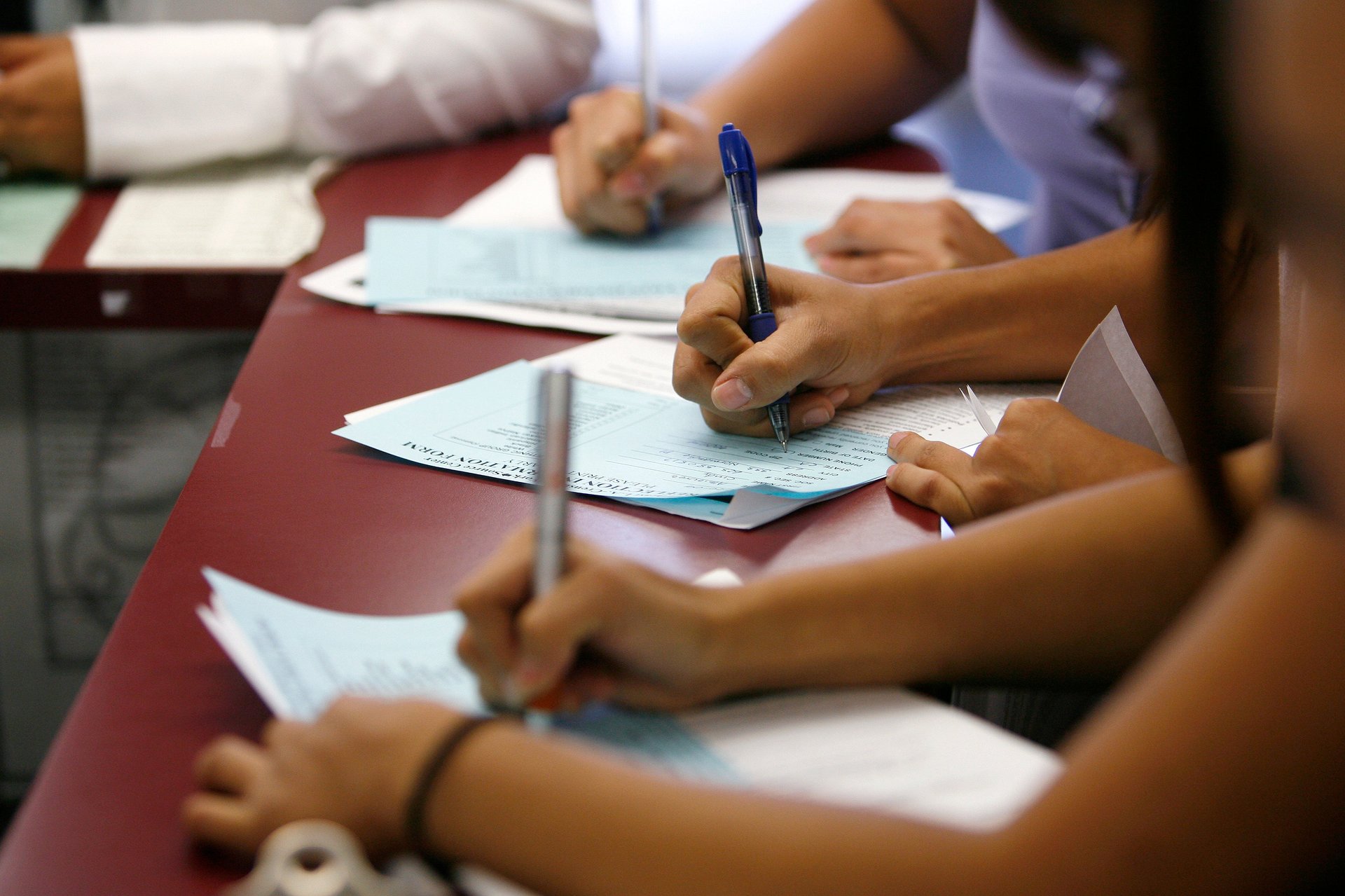The unemployment rate for Black Americans just fell to an all-time low
The gap between the Black and white unemployment rates in the US is closing.

In March, the unemployment rate for Black Americans fell to 5.0%, the lowest it’s ever been, bringing it closer to the 3.2% unemployment rate for white Americans. The unemployment rate for Black women was even lower at 4.2%.
Suggested Reading
For years, the Black unemployment rate has been double the white unemployment rate in the US. It’s a piece of economic data that has illustrated both the long oppressive arm of hundreds of years of racial injustice and the US’s resistance to reparations and other efforts to close the racial income inequality gap.
Related Content
This trend—which, with the white unemployment rate at 3.2%, would have produced a 6.4% Black unemployment rate—was broken by the tight labor market coming out of historic stimulus checks and other welfare delivered to workers during the pandemic.
The recent evolution in economics towards valuing workers comes directly out of the civil rights movement, and many of the prosperity gains that all US workers have gotten can be traced back to Black Americans’ fight for equality.
The 1963 March on Washington was originally called the March on Washington for Jobs and Freedom. Civil rights leaders had many demands for economic welfare in addition to equal rights for Black Americans.
Civil rights leaders and Black economists have also pushed the US Federal Reserve to take its maximum employment mandate more seriously. This is in part why the Fed allowed the labor market to grow in the wake of the pandemic and didn’t start to tighten financial conditions at the first sign of inflation.
The new data is a step in the right direction, but also shows there’s a long way to go with a 1.8 percentage point difference between the unemployment rates for white Americans and Black Americans. The unemployment rate for Latino Americans also sat at 4.6% in the March report, far above the white unemployment rate.